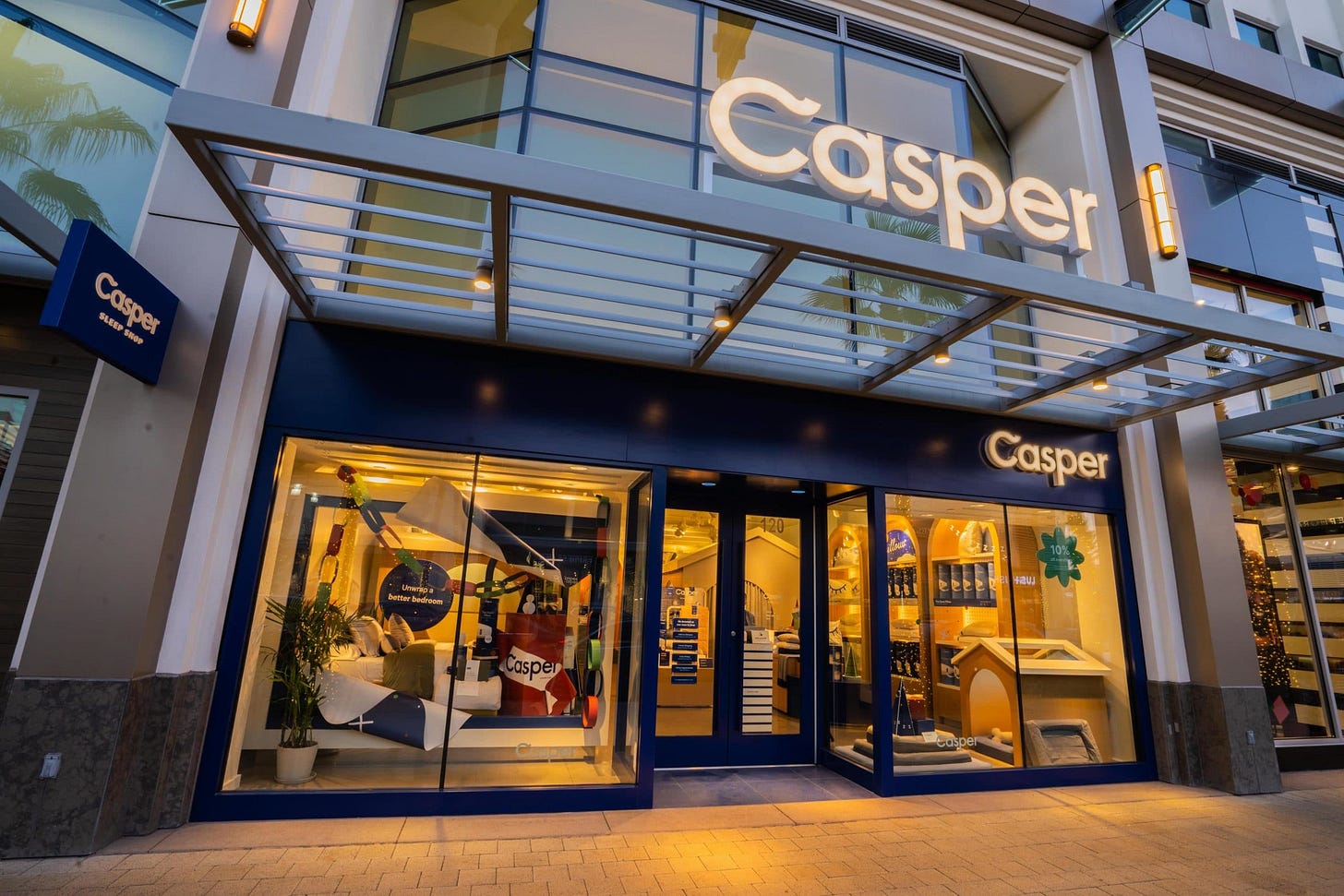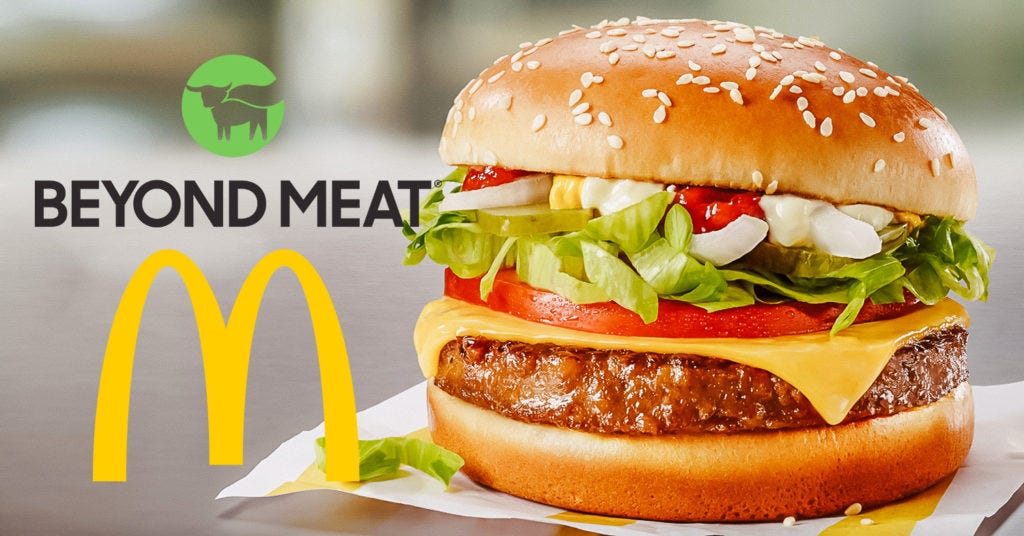Consumer Misconception
How five false beliefs created a vacuum of opportunity in CPG
If I had a dollar every time somebody told me “consumer is tough” I could retire.
If you ask around Sand Hill Road or the latest emerging manager happy hour, the refrain is clear: consumer products are out of favor. Too small, too slow, too risky, too crowded. Too hard. Consensus across the venture community is that consumer products were a weird detour that generalist VC took between vertical SaaS and Web3.
I believe the consensus is missing something — in fact, several things. The narrative against consumer products is built on five key misconceptions — ideas that sound logical on the surface and line up to an anecdote or two, but collapse under real data.
Driven by the health and wellness revolution we’re living through, the consumer products space has never had a better return outlook, and thanks to the prevailing narrative on consumer it remains oddly uncompetitive.
Let’s walk through these five big misconceptions.
Misconception #1: “CPG Outcomes Are Too Small”
Yes, it’s true that CPG sees fewer $1B+ exits than tech, but that’s not because the market is smaller — it’s because it’s more fragmented. Consumer drives ~70% of the economy, and consumer packaged goods (CPG) alone make up ~10% of U.S. GDP — a massive market. Rather than concentrating value in a small handful of monopolies, the ecosystem supports hundreds of meaningful brands appealing to a wide range of consumer needs and tastes.
The result? A proliferation of $100M–$1B outcomes.
We actually studied this recently at Selva Ventures — digging through Pitchbook to size the overall outcome market. The question to answer: what is the aggregate volume (in outcomes and dollars) of exits per five-year fund harvesting period that we must own part of in order for our business to repeatably work.
Turns out there is plenty of exit volume — nearly $40 billion annually or $200 billion every five year fund cycle — especially when you account for the higher ownership and lower dilution you get when investing early in CPG vs technology.
Misconception #2: “Consumer is Fad-Driven”
Investors love to say that consumers chase fads. That their preferences are unstable. That you can’t bet on taste.
This misses a core truth: most CPG consumption is functional, not fashionable. Yes, green juice had a moment. Yes, keto exploded. Fads do happen — but typically not from irrational, unpredictable consumer behavior. Consumers didn’t realize that green juice had too much sugar, or that high fat / low sugar snacks didn’t instantly provide the benefits of ketosis.
When you zoom out, a pattern emerges — consumers are always looking for ways to live healthier while enjoying what they love. That instinct doesn’t waver — it evolves as consumers get smarter about their body and what it needs.
Five years ago, many believed Beyond Meat was healthier than grass-fed beef. Today, more consumers are asking deeper questions — about ingredients, sourcing, processing. The learning curve steepens, but the destination stays the same: feel better, live longer, do it with joy. That’s no more a fad than gravity.
Misconception #3: “CPG = DTC”
This one is personally triggering for me.
I cringe when someone calls us a “DTC fund.” I get it — for a while, all the attention went to digitally-native brands with sleek storefronts and high-profile IPOs. That’s what the big VCs funded. That’s who raised the most money.
But let’s be clear: that’s not where the value was created in the past decade.
These DTC darlings that lived outside of the current rails of American shopping didn’t fit within the portfolios of large strategics, so they went on to be pretty unsuccessful public companies (see Casper, Allbirds, Rent the Runway).

Meanwhile, the best consumer outcomes didn’t live on Instagram or in Soho storefronts. They lived in your basket at Whole Foods, at the end cap in Target, in the skincare aisle at Sephora. Brands like LesserEvil, Poppi and Siete that thrive in wholesale (see misconception #4) generated incredible returns for their early backers.
Misconception #4: “CPG is Low Margin and Capital Intensive”
Another half-truth that gets repeated until it becomes gospel.
Margins vary. Beauty and supplements (VMS) typically have 50–80% gross margin, Food and beverage tend to be lower. But here’s the key: capital efficiency isn’t just a margin story — it’s a distribution story.
Look at RXBAR, Liquid I.V., Vital Proteins, TULA, OLLY — CPG is filled with great outcomes that scaled fast and raised less than $50M, in many cases under $20M. How? Wholesale distribution.
When your product moves through traditional retail and wins on velocity, you gain operating leverage. Lean headcount. Repeatable marketing. Scalable economics. In CPG, that’s the holy grail.
Misconception #5: “There’s No Moat in CPG”
This is the ultimate tech refrain: “If it’s not patented or can be copied then there is no moat.”
True — it may be easier to reverse engineer a granola bar than a machine learning model. But the moat in CPG isn’t technology. It’s real estate — two kinds:
On the shelf: Try convincing a retailer to swap out a proven product for your similar but unknown brand. If you’re not proving to drive incremental volume they won’t take a chance on you.
In the consumer’s mind: Say collagen peptides, and most people say Vital Proteins. Say hydration powder, and they think Liquid I.V.
Don’t take my word for it, though — when Warren Buffet coined that term “moat” in the context of a business at the 1995 Berkshire Hathaway Annual Meeting he listed brand even before technology as a source of defensibility:
“What we’re trying to find is a business that, for one reason or another—it can be because it’s the low-cost producer in some area, it can be because it has a natural franchise because of surface capabilities, it could be because of its position in the consumers’ mind, it can be because of a technological advantage, or any kind of reason at all—that it has this moat around it.”
With Coca-Cola, See’s Candies, and Duracell under his belt, Buffett might be the greatest CPG investor of all time. He knew that brands live rent-free in the places that matter most.
A Golden Era
Here’s what I believe: we’re at the beginning of a golden era in consumer wellness. As functional health moves from niche to mainstream, the brands that help people feel better — and prove it — will command the loyalty, the shelf space, the value creation and the exits.
One day these misconceptions will fall away, the narratives will be rewritten and the tourists will return. Until then, the space will be “locals only” for a little while longer…







